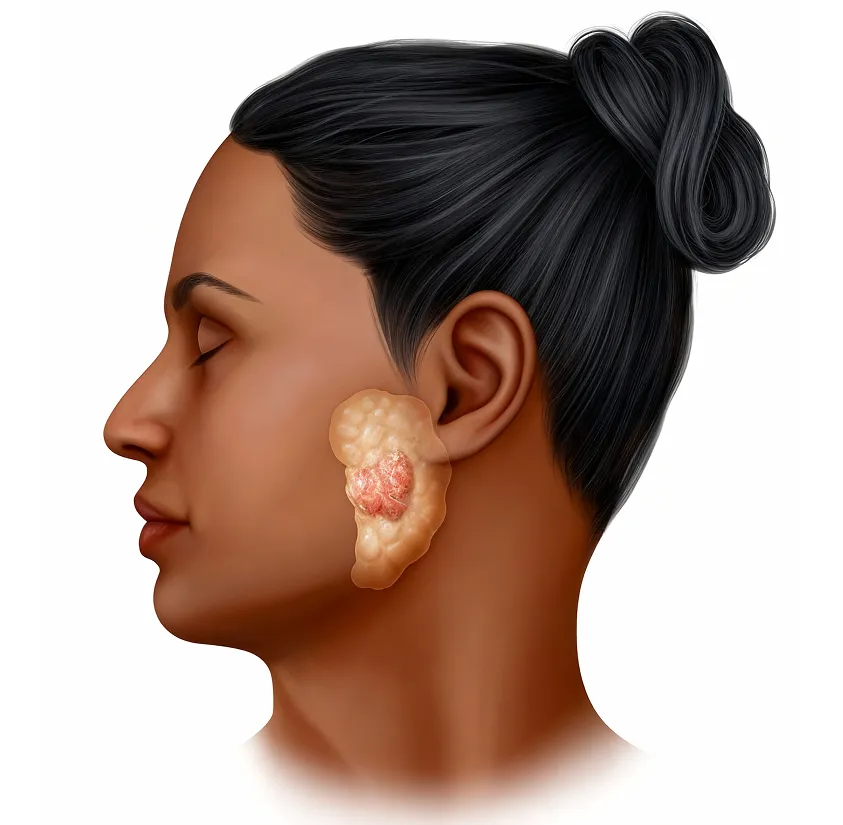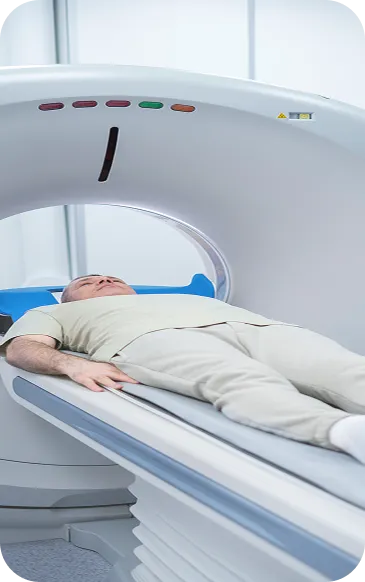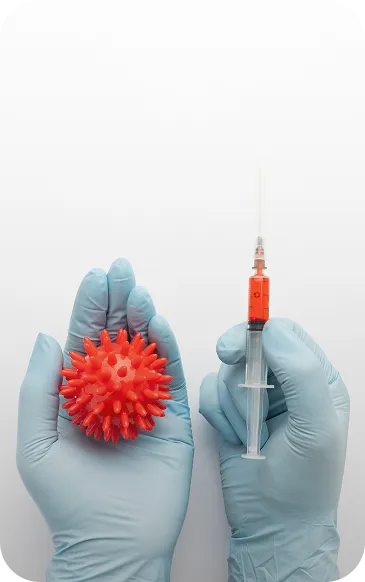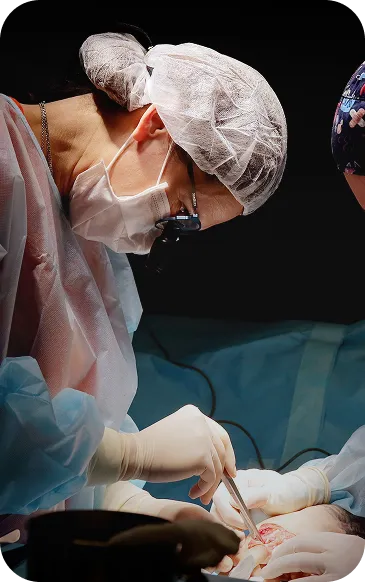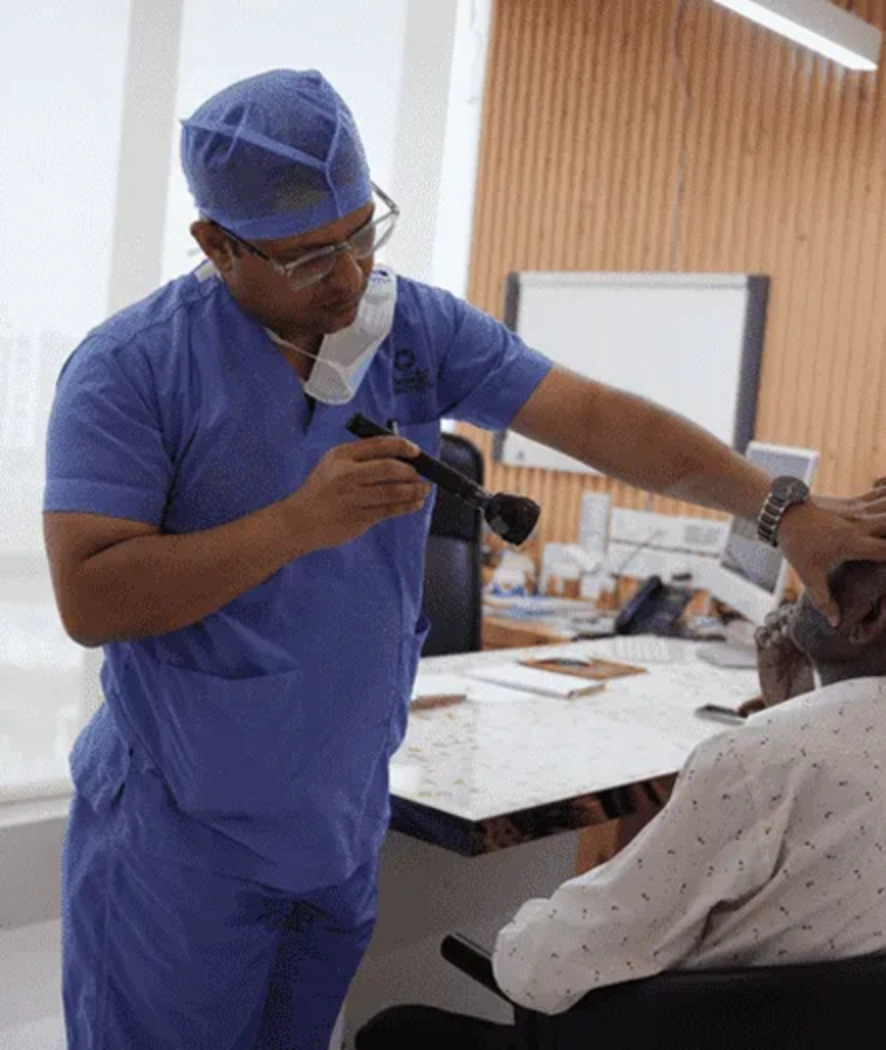
Head and Neck Cancer
What are the Causes and Risk Factors?
Understanding the head and neck cancer causes helps in both prevention and early detection. The most significant risk factors include:
Tobacco use
- Cigarettes, chewing tobacco, and snuff are leading causes.
Alcohol consumption
- Regular heavy drinking multiplies cancer risk.
HPV infection
- Human Papillomavirus is linked to oropharyngeal cancers.
Poor oral hygiene
- Chronic irritation and infection can contribute.
Environmental exposure
- Chemicals, dust, and radiation may play a role.
Genetic predisposition
- Family history of cancer can increase susceptibility.
Maintaining a healthy lifestyle, avoiding tobacco, and moderating alcohol are the key pillars of head and neck cancer prevention.
How Is Head and Neck Cancer Diagnosed?
Accurate head and neck cancer diagnosis involves a combination of physical examination, imaging studies, and biopsy confirmation. Dr. Amit Chakraborty and his multidisciplinary team follow globally recognised head and neck cancer treatment guidelines to evaluate each patient thoroughly.

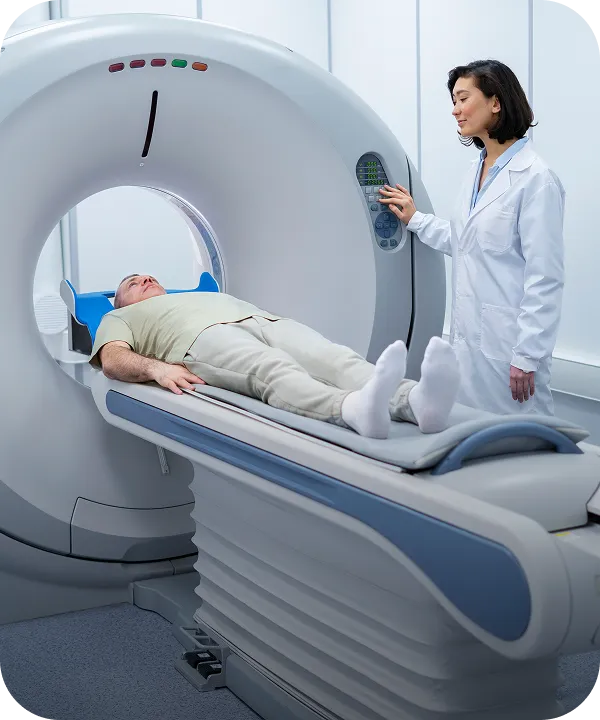

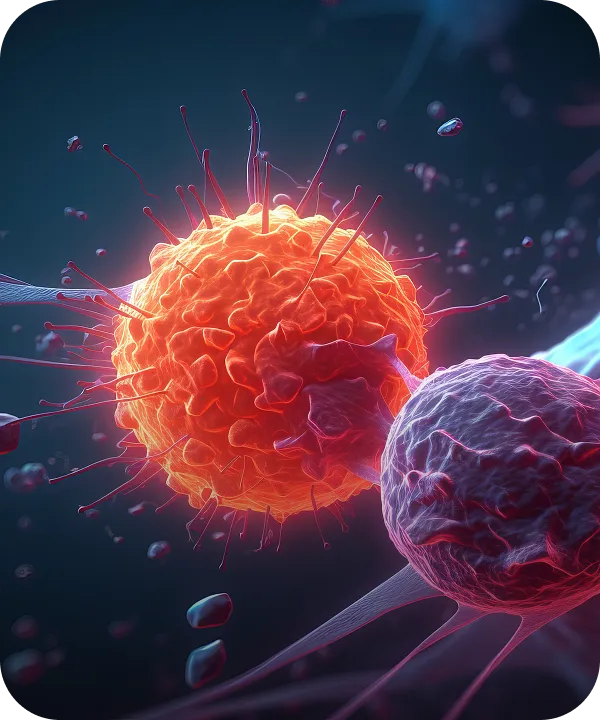
Early diagnosis with accurate staging is vital for selecting the most effective treatment strategies and improving survival rates.
Head and Neck Cancer Treatments
Treatment for head and neck cancers is highly personalised and depends on the type, stage, and overall health of the patient.
Head and Neck Cancer Recovery Timeline
Preoperative Preparation
(1–2 weeks)
Blood tests, imaging, and prehabilitation to prepare for surgery
Advice on diet, exercise, and preparation for recovery
Surgery & Hospital
Stay (Day 0–7)
Surgery performed with ICU monitoring and pain control
Pain and wound management with encouragement for early movement
Early Recovery
Phase (1–3 weeks)
Wound healing, swelling control, and start of speech/swallowing exercises
Guidance on nutrition and home care support
Rehabilitation & Follow-Up
(1–2 weeks)
Ongoing functional therapy and routine follow-ups
Coordination with physiotherapy and lifestyle guidance
Long-Term Recovery
(3–12 months)
Gradual return to normal activities with healing and monitoring
Regular oncology checkups with emotional and survivorship support

FAQs
Together, We Can Fight Against Cancer
Start your journey towards recovery today. Contact us via phone or fill out our appointment form to schedule a consultation with Dr Amit Chakraborty.
Book A Consultation


